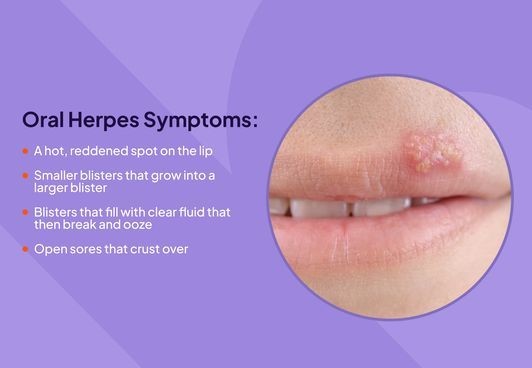A nurse in an urgent care clinic is caring for a client who reports recently using methylenedioxyphenol-methamphetamine. Which of the following findings should the nurse expect?
Hallucinations
Muscle weakness
Hypothermia
Somnolence
The Correct Answer is A
Explanation:
Methylenedioxyphenol-methamphetamine (MDMA), also known as ecstasy or Molly, is a psychoactive substance that can produce hallucinations as one of its effects. Hallucinations involve perceiving things that are not present in reality, such as seeing, hearing, or feeling things that do not actually exist.
Muscle weakness (choice B) is not a common finding associated with MDMA use. In fact, MDMA typically produces an increase in energy and heightened physical sensations rather than muscle weakness.
Hypothermia (choice C) can occur as a result of MDMA use. MDMA can interfere with the body's ability to regulate temperature, leading to an increase in body temperature. This is commonly known as "drug-induced hyperthermia" rather than hypothermia.
Somnolence (choice D), which refers to excessive sleepiness or drowsiness, is not typically associated with MDMA use. MDMA is a stimulant drug that can produce increased wakefulness and alertness.
Nursing Test Bank
Naxlex Comprehensive Predictor Exams
Related Questions
Correct Answer is B
Explanation
B. Herpes simplex is a viral infection that causes skin eruptions or lesions. To promote healing and prevent secondary infections, it is important to keep the affected area clean. Cleansing the skin eruptions with povidone-iodine, an antiseptic solution, can help reduce the risk of infection and promote healing.

The other options are incorrect:
A. Over-the-counter topical ointments are generally not recommended for the treatment of herpes simplex outbreaks. It is best to consult with a healthcare provider for appropriate medication and treatment options.
C.Herpes simplex is a viral infection, and antibiotics are used to treat bacterial infections. Antibiotics are not effective against viral infections like herpes simplex.
D. Placing disposable thermometers in the client's room is not directly related to the management of a herpes simplex outbreak. It is important to focus on interventions specific to the client's condition.
Correct Answer is C
Explanation
explanation:
Adult day care facilities provide a safe and supervised environment for older adults during the day, while their family members or caregivers are at work or unable to be present. These facilities offer various activities, social interactions, and personal care services to support the needs of individuals with dementia and other conditions. Attending an adult day care facility canalso give the client an opportunity to engage with others and maintain cognitive and physical stimulation.
A- Hospice care is generally recommended for individuals with terminal illnesses who are nearing the end of life. It focuses on providing comfort and support to the patient and family during the end-of-life journey.
B- Long-term care facilities may be appropriate for some individuals with advanced dementia who require round-the-clock care and supervision. However, in this scenario, the client's adult child is present and working full time, suggesting that the family intends to provide care at home as much as possible.
D- Community senior centers may offer various activities and programs for older adults, but they may not provide the level of supervision and care required for an individual with early onset dementia during the day, especially if their family member is at work.
Whether you are a student looking to ace your exams or a practicing nurse seeking to enhance your expertise , our nursing education contents will empower you with the confidence and competence to make a difference in the lives of patients and become a respected leader in the healthcare field.
Visit Naxlex, invest in your future and unlock endless possibilities with our unparalleled nursing education contents today
Report Wrong Answer on the Current Question
Do you disagree with the answer? If yes, what is your expected answer? Explain.
Kindly be descriptive with the issue you are facing.
